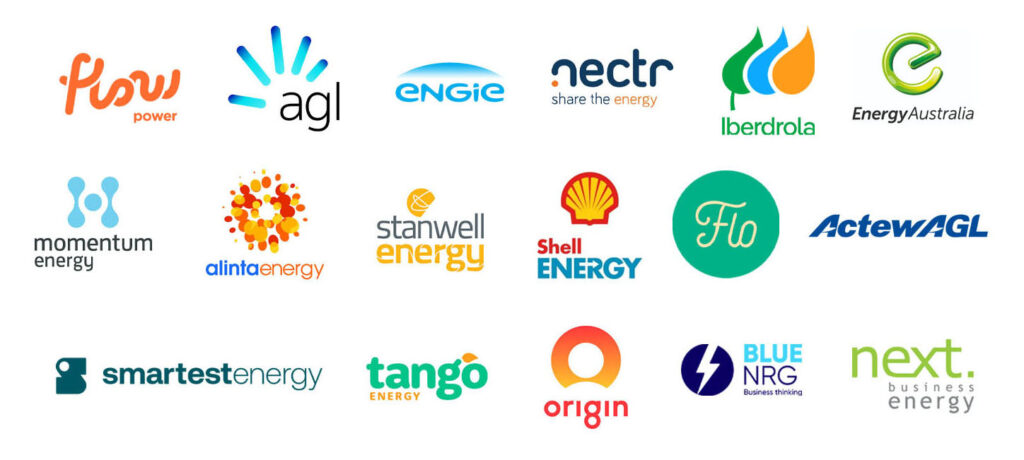The slow pace of investment in renewable energy to replace retiring coal power plants poses challenges to achieving the country’s emissions targets and causing price uncertainty.
According to the Australian Energy Market Operator (AEMO) head, Daniel Westerman, the investment in clean, renewable energy is not happening at a sufficient rate.
This is partly due to the lack of transmission infrastructure and bureaucratic hurdles, which are causing delays in renewable energy projects.
The Federal Government has set interim targets of a 43% reduction in emissions by 2030, supported by an 82% renewable energy target by that date.
However, Mr Westerman has expressed concerns that the current rate of investment is insufficient to meet these targets.
With the closure of coal power plants, there is a need for additional firming generation sources like pumped hydro, batteries, and gas to fill in the gaps when renewable energy is unavailable.
Storage capacity, particularly in relation to renewable energy, needs to expand significantly by 2050.
From a consumer perspective, the uncertainty surrounding the future supply outlook has led to upward pressure on electricity futures, forward rate agreements, and commercial and industrial retail electricity supply contracts.
This uncertainty introduces risk for both generators and retailers, resulting in the application of risk premiums to pricing.
In summary, the slow pace of investment in renewable energy, coupled with challenges in transmission infrastructure and bureaucratic processes, poses difficulties in achieving emissions targets and creates price uncertainty.
Additional firming generation is required, and storage capacity needs substantial expansion.
The uncertainty in the supply outlook impacts pricing, affecting various electricity contracts for commercial and industrial consumers.
Why are coal plants retiring early?
Mr Westerman’s comments do not consider the risk of more coal generators closing ahead of schedule.
Coal power plants are being shut down earlier than anticipated due to their lack of viability in today’s market.
These plants are no longer profitable, leading electricity generators to accelerate their closure.
In order to remain competitive, coal power plants need to operate continuously, 24/7. With the introduction of solar to the system during daylight hours, the supply and generation capacity goes up, causing the price to fall (sometimes to negative values).
However, the increasing presence of solar and wind energy in the market, sometimes resulting in negative pricing, has made it evident that coal plants cannot sustain themselves financially.
One major disadvantage of coal power plants is their inability to respond quickly to sudden increases in electricity demand.
This lack of agility, known as inertia, hampers their ability to meet spikes in energy consumption, and coal plants will no longer effectively compete in this changing landscape.
The “Duck Curve” currently allows coal plants to capitalize on high electricity prices when solar energy production decreases during nighttime.
However, as more battery storage is added to the grid, this dynamic will change, further diminishing the viability of coal power plants.
Coal plant closures have had a direct impact on spot and wholesale prices and if more plants close earlier than expected, pressure on prices would increase further.
Firming generation lacking
There is a strong pipeline of proposed future energy generation. But the devil is in the detail. The difference between proposed and actively being developed is a big one.
The AEMO head said 200 GW of proposed projects are in the pipeline; 100 GW of this is wind, 160 GW of solar and hydro, and 40 GW of battery storage.
But bridging these projects to life and connecting them to the grid is critical to ensure that Australia has a reliable supply and stable pricing as a direct result.
The Clean Energy Council has also stated that there has been a slowdown in investment, partially caused by problems around the connection process, the lack of transmission infrastructure and that the majority of the electricity grid is simply not fit for purpose.
Connection and transmission issues slowing investment
AEMO has been working with the CEC to resolve some of the connection issues and at ways to reduce the complexity and cost of getting connection agreements, registering and commissioning new projects.
But there are still difficulties. Australia’s biggest wind project, the 1GW McIntyre wind precinct in Queensland, is being held up by difficulties over connection agreements.
The said agreements have caused state-owned CleanCo to ditch their plans for a 103MW wind farm as part of the facility.
Investment has slowed considerably. Mr Westerman points out that Australia should be “among the most investable in the world”.
But the truth is different. A recent Ernst & Young report showed that Australia had slipped from third to seventh on the attractiveness index of renewable energy projects in 18 months.
Transmission delays
Another factor that is creating uncertainty is the delays in overhauling or building new transmission infrastructure.
The challenge is heightened by the slow progress in building new transmission lines.
Adding to the tensions around future supply are delays that have hit critical transition projects in the grid, most notably Snowy Hydro’s Snowy 2.0 pumped hydro storage project, now running at least two years late.
Transmission links connecting states in the grid are “already maxing out” resulting in curtailment of solar and wind generation due to lack of grid capacity.
AEMO has identified five priority transmission projects involving $12 billion of investment that urgently need to be built to distribute new, cheap wind and solar power.
How to break the impasse
There are essentially two prongs to breaking the impasse, the supply side and the demand side.
Supply side:
The logical solution is to build more transmission infrastructure.
As we have already covered, solar and window power volumes are regularly curtailed because the grid simply cannot cope with them.
Having a transmission infrastructure that is fit for purpose would allow an easy flow of cheap and plentiful renewable energy.
But that is only short term. Long term, the country needs more solar, wind, hydro and battery storage projects to come online.
Although the country should also strive for clean energy and lower emissions, the lights must stay on, and at prices energy users can afford to pay.
Delaying coal plant closures, if absolutely necessary, is another way that supply can remain stable until more generation comes online and transmission lines are built.
But this will come at a cost premium given that the decisions to close these plants have been made commercially.
Government and in turn, the consumer may ultimately be required to underwrite the cost and lost profit margins from keeping these units running.
Demand side:
From a demand-side perspective, increasing demand for grid-sourced electricity can be offset by the continued uptake of rooftop solar coupled with battery storage.
Further development and utilization of demand response schemes and The Reliability and Emergency Reserve Trader (RERT) can also help the energy security situation.
We source, analyse, compare and rank commercial, industrial and multisite energy quotes. Obligation Free.
Chat with one of our experienced consultants today and get the insights your business needs to help manage the risks associated with volatile electricity and natural gas markets. Our energy procurement service is obligation-free and provides a time-saving way of securing lower energy rates from our panel of energy retailers.







